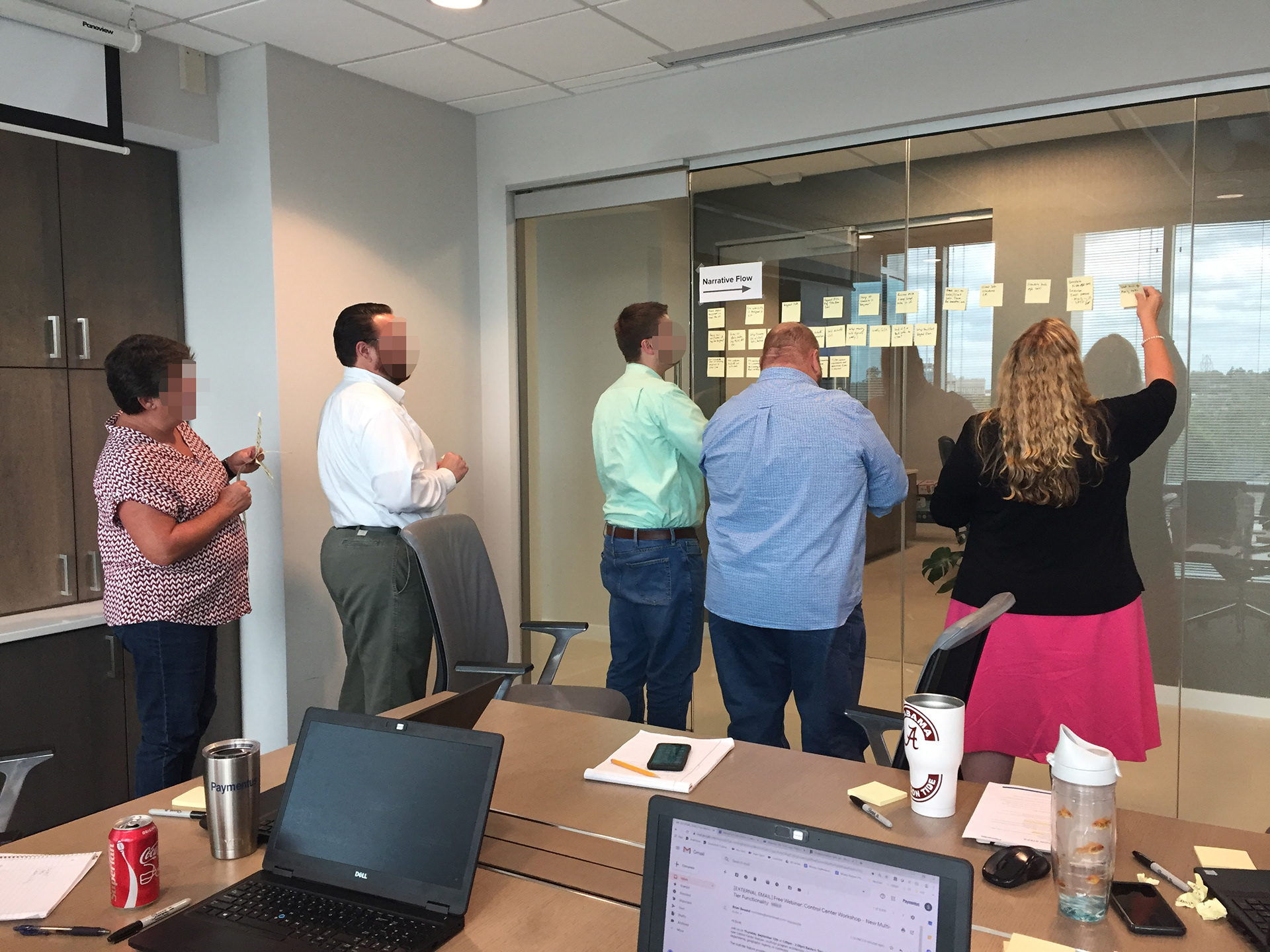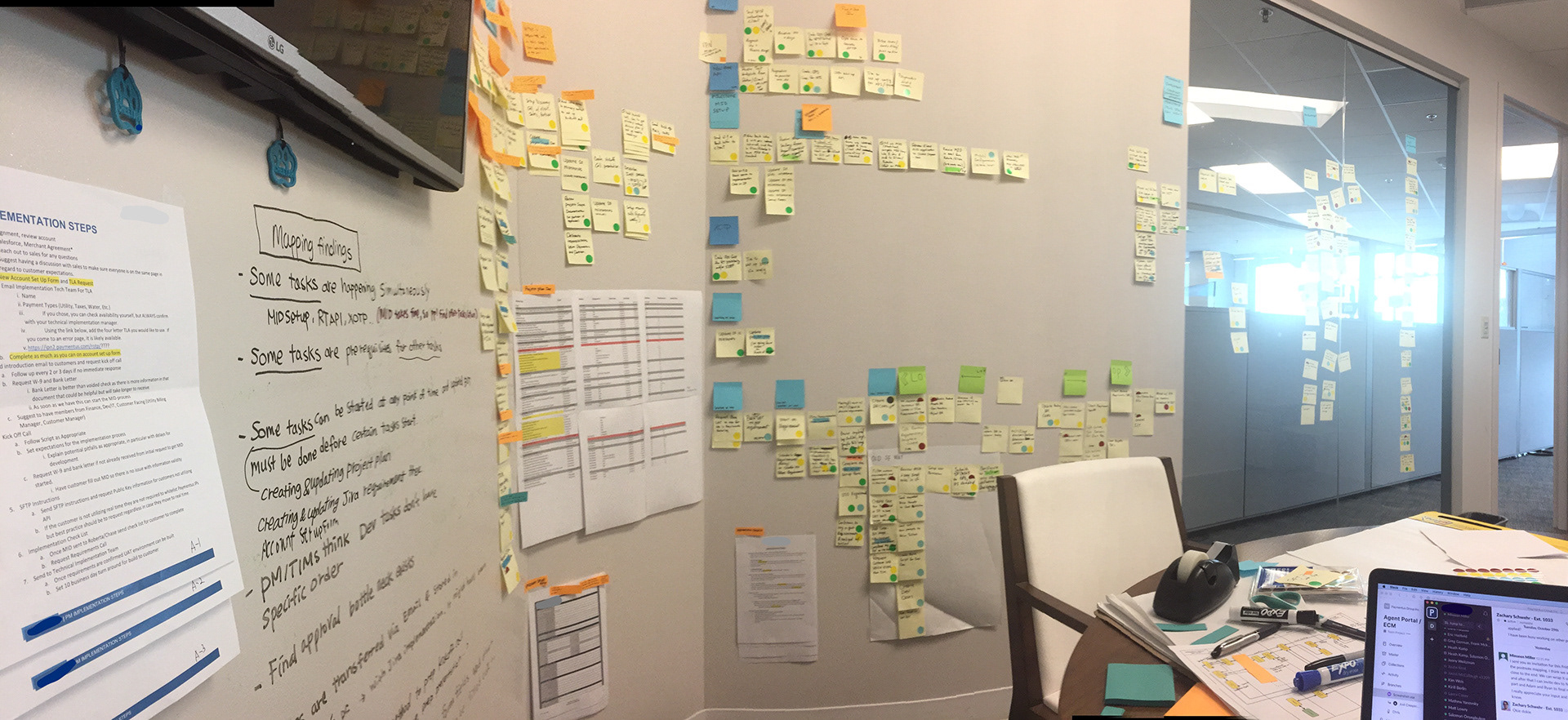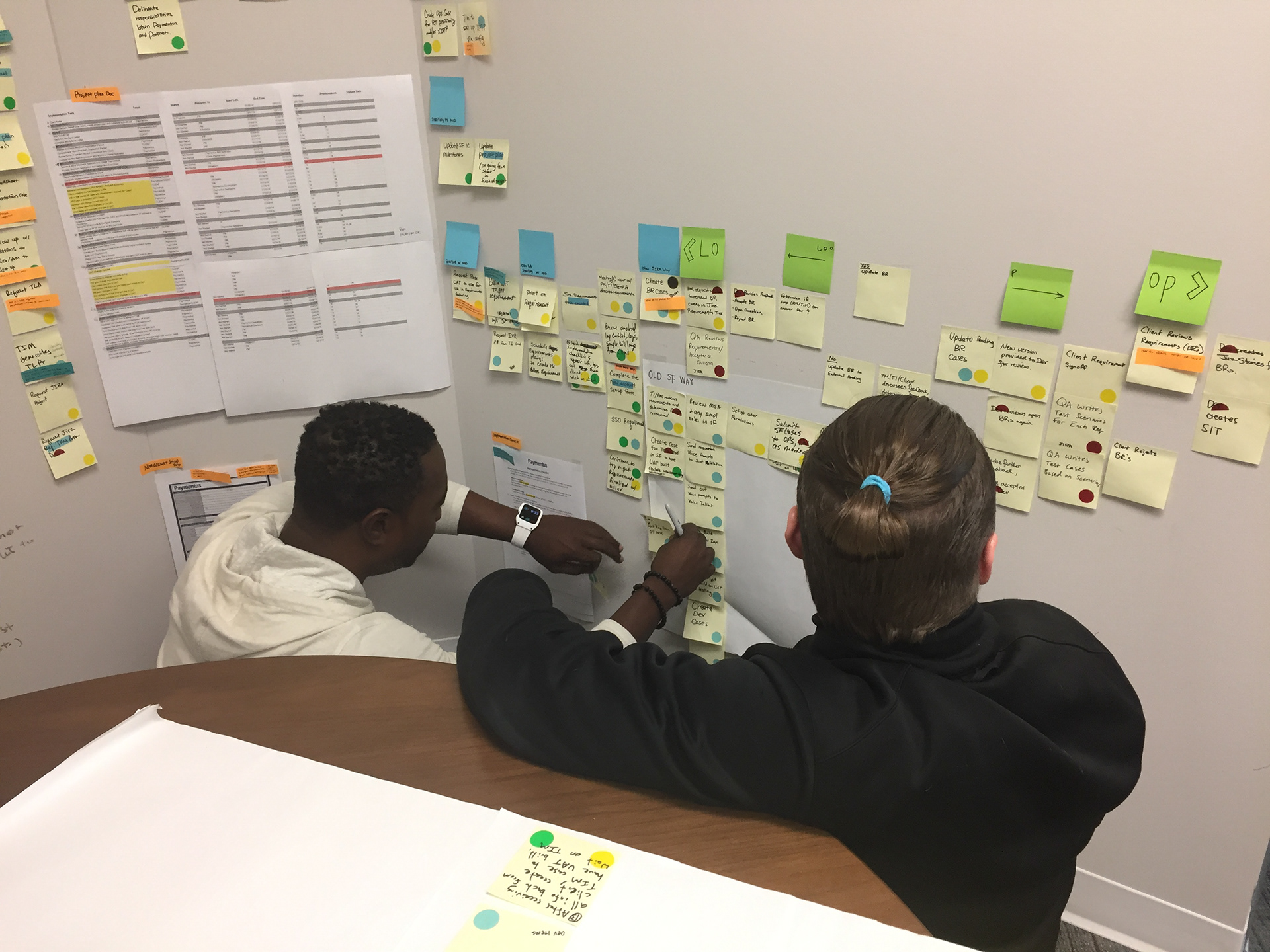Billing Solutions Data Mapping
Data-mapping experience as a part of billing solutions.
High-level goal of the project:
Create a self-onboarding platform so that employees can efficiently utilize their time rather than manually onboarding customers.
My role and responsibilities:
Evaluate the project hypothesis and create detailed data mapping solutions to support self-onboarding.
What success looked like:
Design a working data mapping tool so that Paymentus can start to self-onboard customers
The team I was working with:
Cross-functional teams
Situation | Problem
Customers had to wait for a minimum of 3 moths to start the onboarding process.
Since 2018, Paymentus has been experiencing rapid expansion. The establishment of partnerships with Amazon and Paypal further accelerated this growth. Currently, Paymentus faces a unique challenge that it has not encountered before. While increasing its workforce is one aspect, the real challenge lies in training new hires at a pace that matches the influx of new customers. Small to medium-sized customers have had to wait for minimum three months to start the onboarding process, resulting in a significant number of them opting to leave.
To address this issue, the design team engaged in extensive discussions with stakeholders. After numerous meetings, we arrived at a hypothesis: implementing a customer self-onboarding platform could alleviate the problem by reducing the workload on Paymentus employees.
Image: Paymentus service pages
Root cause analysis
Researching the root causes of the slow onboarding process.
I believe there is value in seeing things from a different perspective. Though the stakeholders had already evaluated the business and had brought up potential issues in the initial meeting, I wanted to run diagnostic research to see things from a UX perspective. I evaluated Paymentus using SWOT analysis. I've interviewed a number of Paymentus employees and referenced a couple of internal documents written by some of the business analysts. As briefly explained above, Paymentus is struggling with the rapid growth. Most of the Paymentus service requires a custom setup, so clients must walk through the process step by step with an employee. Even with the new hires the demand is greater than Paymentus can meet. Paymentus is losing clients who are tired of waiting for months.
Image: SWOT Analysis
story mapping with everyone
Digging deeper to find out "When" and "Who" encounters the slowdown, and "why".
It was still unclear to me who was having what problem and when because there are so many missing details. To find the missing details, I did a story mapping workshop so that we could understand the entire client journey and then I did an in-depth interview and shadow tracking with those who were specifically impacted by the data mapping.




Image: 16 people from 7 different teams(3 of them were obtained from our clients recently) participated in the story mapping workshop session during 3months
IDENTIFIED PROBLEM #1
It takes too long for customers to provide the required information to Paymentus employee in order to be onboarded.
After collaborating with numerous individuals, I gained insight into what is truly occurring. As evident in the journey map below, there is a significant amount of back-and-forth communication between clients and Paymentus, which leads to employee resource constraints. For instance, it could take months for Paymentus to compile the initial set of necessary information required to create a service for the client because clients themselves often have to wait for their other departments to supply the needed information.
IDENTIFIED PROBLEM #2
PMs were fighting over available Dev resources.
Additionally, internally, Paymentus project managers were engaged in resource allocation conflicts. They would allocate a team of developers for their customer's onboarding and wait for the customers to provide all the information needed to initiate the project. They were afraid of other project managers allocating available developer resources if they don't claim them ahead of the time.
Image: As is journey map
Image: As is data mapping task flow
Image: JSON file manually used to map data
defining REQUIREMENTS
So then, how should I design data mapping solution to resolve these problems?
What would be necessary as a data mapping solution to support customer self-onboarding (with all the issues revealed)? Here are some of the key requirements I've revealed via research.
1. Clients have hundreds of data fields for each customer and not all of them are necessary to collect bills. Provide bare minimum data fields to start with, to reduce time spent on data collecting.
2. Data mapping is a heavily technical task. Provide ways to quickly catch up with the system or enable user to use tech savvy software without any knowledge. So that we can free up Dev resources.
3. If data mapping is done wrong clients can't collect money. In fact, when it is done wrong an immediate fix is required. Provide ways for users to trouble shoot themselves without waiting for Paymentus' Dev support.
4. Each client has a unique way of storing their customer data. There are no conventions. Provide ways to customized way of mapping different sets of data without coding. So that Paymentus' Dev do not have to manually support this.
collaborating with cross-functional teams
Defining detailed feature scope.
Based on the research, we were clear on the direction we needed to go. We needed to figure out what details were needed to meet the customers' expectations. After many meetings with the stakeholders about the issues Paymentus is facing, here is a sample list we put together for where we are now and where we want to be.
Prioritizing what to build first.
The next step is to look at the cost to Paymentus to make the necessary changes. I contacted development manager and we went through how long certain features would take to build or how many developers are required. Based on the conversation with both development manager and stakeholders we have decided to start with the one that costs the least and would require the least effort by the developers among the features clients need.
influencing business partners
Providing early visibility into positive changes can generate buy-in from stakeholders.
The next step was to create a mental model so everyone could envision how users can use the data mapping platform. I created a hypothetical journey map to enable stakeholders to see the entire flow and the changes ahead of time. As you can see when you compare the two journey maps the hypothetical journey map is significantly shorter and the Paymentus employee involvement is much less.
Below is a sample page flow created from the new journey map for one of the data customization features.
Image : Split customer data header flow example
Prototype Testing
During testing, everyone was able to successfully map data, but concerns were raised specifically about mapping custom datasets.
The prototype was tested with customers from French Broad Electric Member Corp, Fort Hill Natural Gas Authority, and the City of Winston-Salem. During testing, a generic dataset was provided to participants. Within the defined task scope, everyone successfully completed their tasks with minimal guidance. However, upon completion of the test, participants emphasized that their actual datasets were more complex than the simplified ones used during testing. They raised concerns about integrating intricate datasets into the system.
Paymentus was aware of the challenges posed by complex and customized datasets. Our ultimate goal was to provide a graphical interface for mapping all types of data, including custom datasets, without the need for coding. To address the immediate issue of onboarding bottlenecks and expedite development within a limited timeframe, the team has decided to proceed with implementing a minimum dataset. This approach will still alleviate a significant portion of entry point traffic.
Image: This is the latest version of the design
GIF: How customers manually upload their files
GIF: Drag and drop mapping data experience
GIF: Redesigned mapping experience, no need to use code, everything is done through GUI
Upon completion of the initial prototype testing, the developers began creating MVP version of the data mapping service. In the meantime, I continued to test with users using updated versions of prototypes.
Image : Guerrilla testing screenshot, participant's face is mosaicked for privacy purpose.
Roi of the project
Expecting to save 2hrs per new customer.
The project was still in the early development phase, so I was not able to fully measure the usability metrics and success of the project. However, we were expecting to save at least 2 hrs per new data set mapping simply by automating the process. Once this project rolls out we believe it will play a critical role in the One-click bill-paying solution that we are working on with Paypal as well.
impact of design workshop
Hunger for a joint team workshop was revealed.
Every step I took to work on this project I was able to see people wanting to learn more about the process. When I invited a dozen of people for a story mapping workshop that email was forwarded to too many people. I repeatedly said this workshop is for on-site employees only but many wanted to be flies on the wall so to speak. So I had more than 10 people on call just to watch and listen to the session.
impact of iterative prototype testing
Laid foundation for prototype testing with customers.
Our customers' were eager to participate in the prototype testing as well. I was able to lay down foundations for future usability testing at Paymentus. I also created a list of potential test participants and the logistics around them.
Challenge & Lesson learned
I've learned that any kind of interdepartmental mapping workshop is highly political. Oftentimes, teams were not aware of other teams working on the same project. I could easily offend or surprise teams by sharing what other teams have been working on. I learned to do extra research on each team's core projects and who is involved in the decision-making before I invite them to the mapping workshop to make sure the map actually benefits teams.
